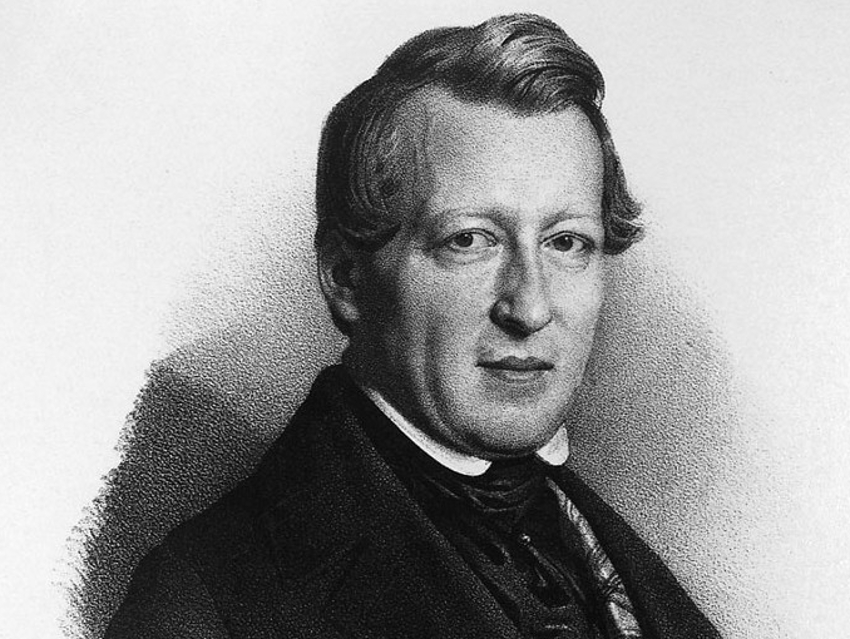Otto Linné Erdmann was born on April 11, 1804, in Dresden, Germany. He was the son of Karl Gottfried Erdmann, a physician who introduced the smallpox vaccination to the German state of Saxony. In 1820, Otto Linné Erdmann started to study medicine in Dresden. He later moved to the University of Leipzig, Germany, and changed his field of study to chemistry. He received his Ph.D. in 1824 and completed his habilitation in 1825. In 1826, Erdmann became Director of a nickel smelter in Hasserode, Germany. In 1827, he became an Associate Professor for Technical Chemistry at the University of Leipzig. In 1830, he was promoted to Full Professor, a post he held until his death.
Erdmann is best known for his work on the chemistry of nickel, as well as his research on indigo and other dyes. He also carried out determinations of atomic weights of H, C, S, Ca, Fe, Cu, and Hg together with Richard Felix Marchand. Erdmann also worked on ore, rock, and slag analysis and served on the Board of the Leipzig–Dresden Railway Company.
In 1828, Erdmann founded the Journal für technische und ökonomische Chemie, the oldest chemical trade journal in Germany. It became the Journal für praktische Chemie in 1834, which was merged into the journal Advanced Synthesis & Catalysis in 2001. He also was the author of Über das Nickel (“On Nickel”, 1827), Lehrbuch der Chemie (“Textbook of Chemistry”, 1828), Grundriss der Allgemeinen Waarenkunde (“Foundations of Commodity Science “, 1833), and Über das Studium der Chemie (“On Studying Chemistry”, 1861). Otto Linné Erdmann died on October 9, 1869, in Leipzig.
Otto Linné Erdmann is the answer to Guess the Chemist (94).
Source
- Erdmann, Otto Linné,
Grete Ronge,
Neue Deutsche Biographie, Duncker & Humblot, Berlin. 1959.
ISBN 3-428-00185-0
Also of Interest
- 200th Birthday: Charles Frédéric Gerhardt,
ChemViews Mag. 2016.
Organist chemist developed the concept of homologous series




